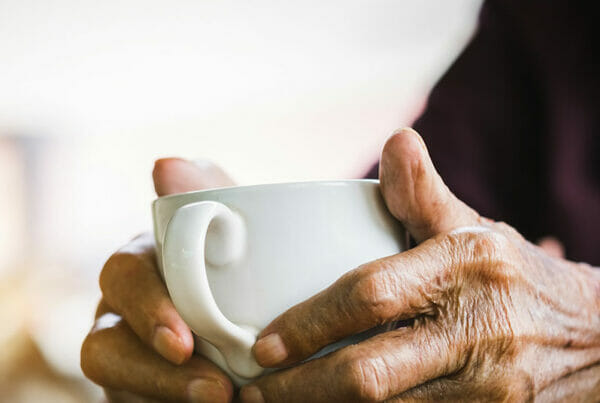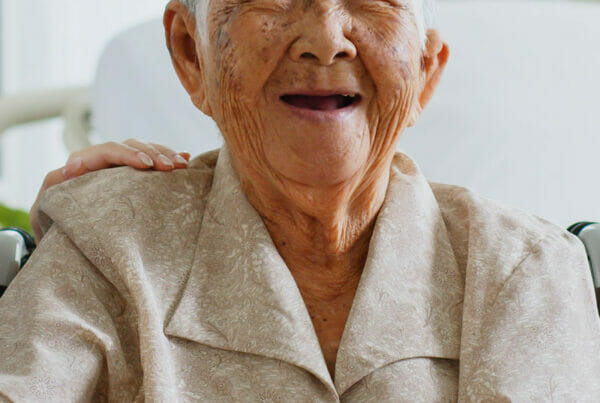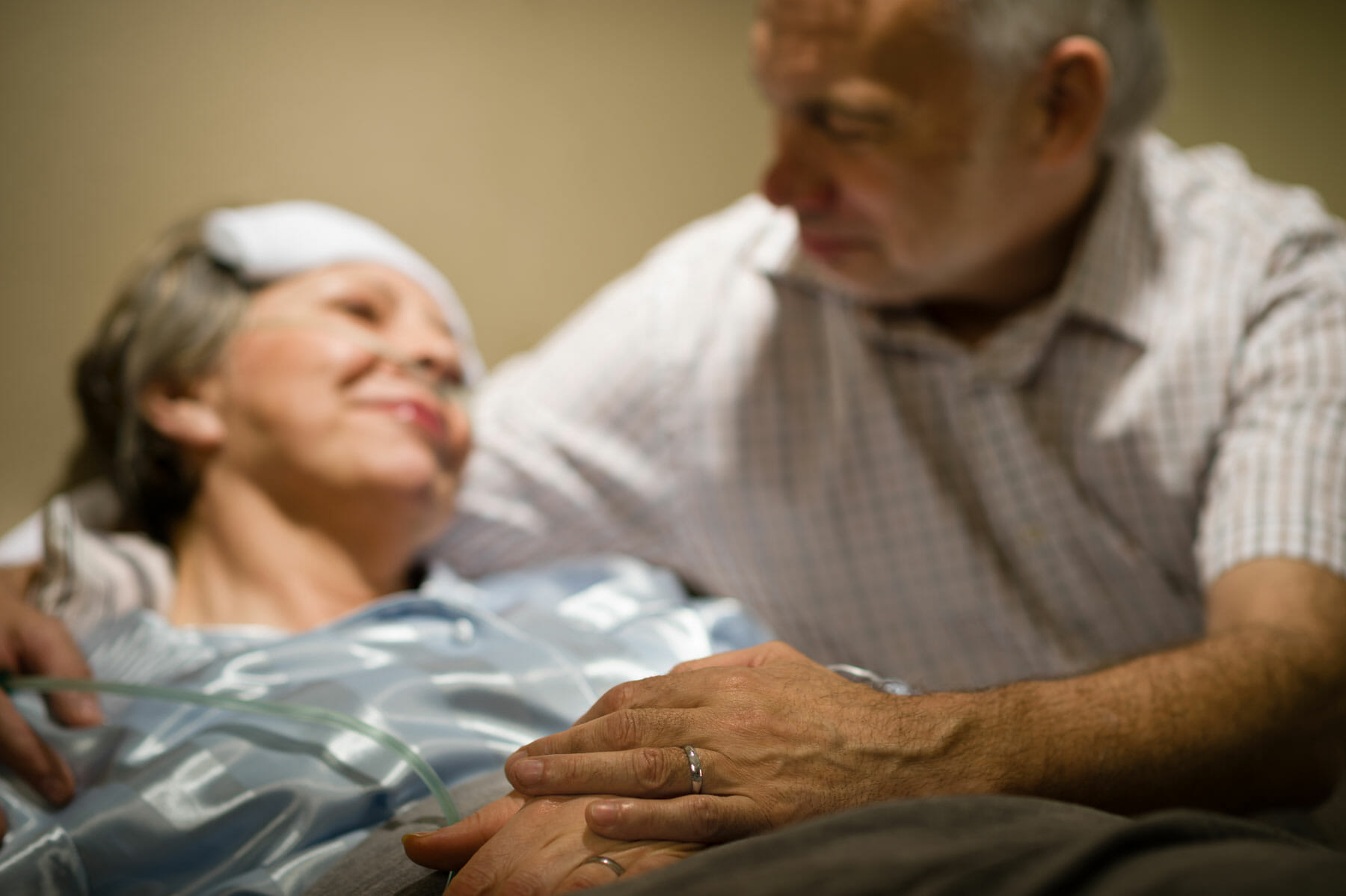
We know that death is a topic not often discussed. Unlike other major events in life — like birth or marriage — death is, for many, an uncomfortable event that people would prefer to avoid. However, for caregivers, loved ones, and the network of friends that surround a patient who has entered hospice, death can feel more real and apparent than ever before.
Because death is often not discussed, many of the families who contact us have lots of questions about hospice and the end of life care. Drawing from our years of bedside experience, we educate many family members about what to expect during hospice and what to expect as the end of your loved one’s life nears.
Here’s what we can say for certain: hospice is a very individualized experience; some patients are under hospice care for several months to even a year. Others come to us in their final weeks or days of life. And while the hospice experience for each patient will vary, the final stages of life — the weeks or days that precede death — can actually look very similar for most patients.
Our Utah home hospice nurses and care team have helped many elderly patients make the final journey of life. Below, we’re sharing what we’ve experienced regarding the three stages of dying — a concept that is well-recognized in the hospice and medical community. To prepare for your loved one’s experience and learn how to best support them at this moment, continue reading to learn more about these three stages, as well as other possible signs and symptoms that may occur.

What are the stages of dying?
Our Utah Hospice Team Explains the Three Common Stages
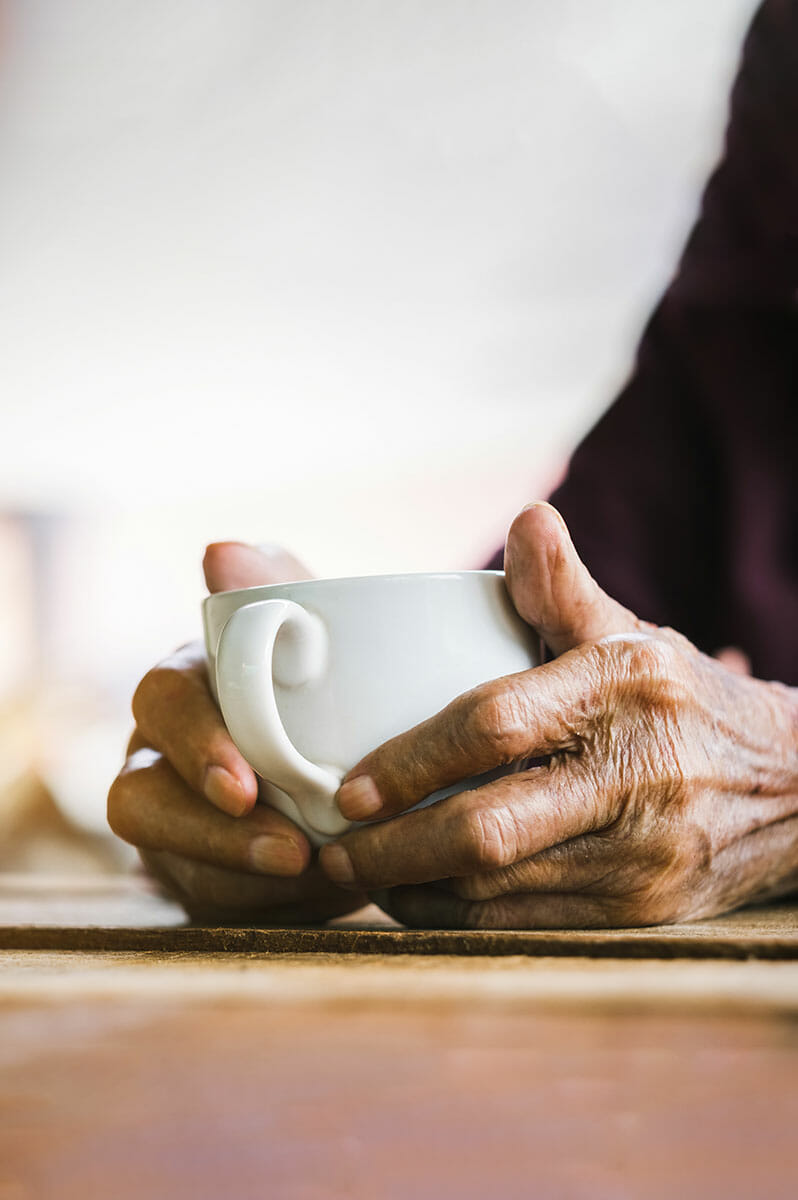
1. Early Stages of Death
For a few days to a few weeks, a patient will gradually lose interest in eating and drinking and may rapidly begin losing weight.
What You May Observe
A loss in interest in food and drinks — even favorite foods — is the most noticeable sign. They may struggle to eat and drink or become nauseous or lose their appetite soon after beginning a meal.
What This Stage Signals
In this earliest stage of dying, a patient’s body begins conserving as much energy as possible, rather than using it. While this change in eating behavior may be distressing to watch, the patient doesn’t experience pain. They simply lose the sense of hunger. Tube-feeding or other attempts to “force” nutrition won’t delay or reverse this stage — it often just causes undue stress to the patient.
How to Support the Patient
You can try to make food and drinks more appetizing by offering tiny portions or selecting certain foods, but ultimately, respect the patient’s feelings and don’t force or coerce them to eat if they cannot comfortably do so.
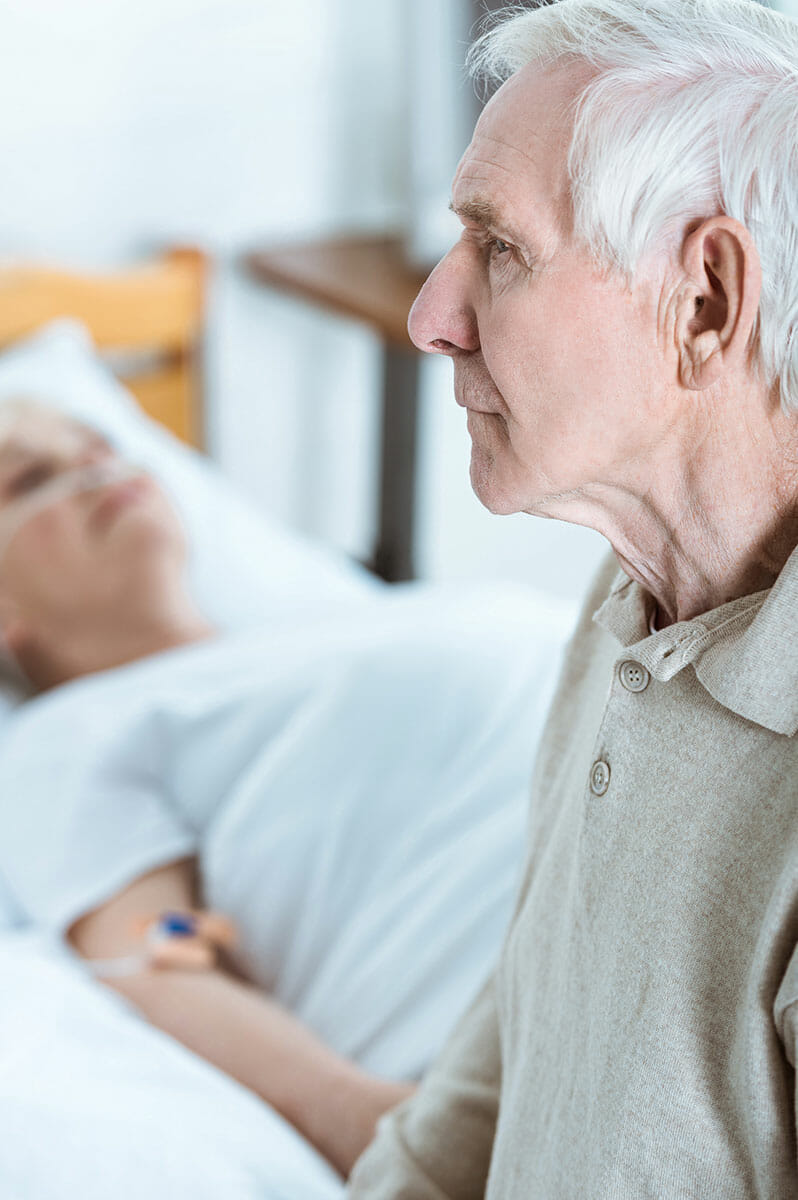
2. Middle Stages of Death
After a loss in hunger and thirst comes noticeable physical changes in the patient’s appearance. This usually occurs just days or hours before death.
Signs You Will Notice
As this stage continues, a patient will lose their connection with the present moment and those around them. This type of “loss of consciousness” comes on gradually. You may begin to notice a vacant look in their eyes, and less physical movement as this stage progresses into an almost coma-like state.
What is Actually Happening
During this stage, the patient’s body functions slow considerably — especially blood circulation. Blood supply is reserved exclusively for the major organs, which explains the loss of attention and movement. The patient may feel cold or their skin may darken as the dramatic changes in blood flow take place.
This loss of connection to the present environment is a natural response and is completely normal.
How to Support the Patient
Provide more blankets and adjust the temperature of the room to improve comfort. Avoid heated blankets or pads, as these could become too hot against the skin.
Continue to speak and care for your loved one; experts believe that patients can continue to hear and feel during this stage, even though their response is limited. Focus on spiritual meditation, prayer, or sharing final words. Avoid asking questions as their ability to answer will be limited.
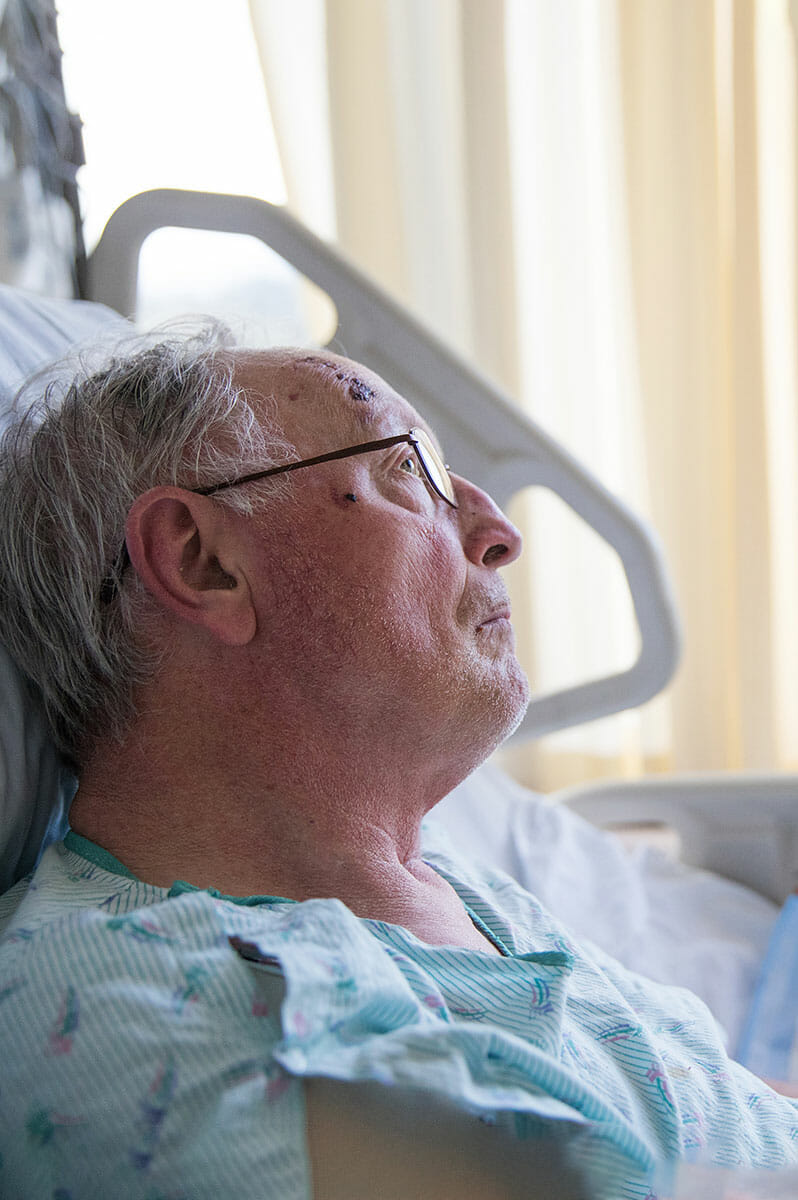
3. Final Stages of Dying
As the final hours and moments are reached, a patient will experience disorientation and restlessness. Breathing and bowel or urinary movements are markedly affected.
What You Will Notice
As the bowels and kidneys shut down, incontinence or complete lack of bowel movements, and loss of bladder control can occur. Breathing also changes dramatically; you will probably notice shallow, ragged breaths that may stop and start irregularly.
What Their Bodies Are Doing
Terminal agitation or terminal restlessness is a common symptom, though the reason behind it is not fully known. The kidney and bowel functions are caused by decreased circulation and muscle relaxation. This also is what causes the lungs to lose power to clear away fluids and causes the throat muscles to contract.
How to Support the Patient
Continue to talk to your loved one reassuringly. Provide gentle touch if they are accepting of it. Again, it’s important to remember that your loved one will likely still be able to hear your words, even if they don’t respond. Try to stay as calm and as relatively quiet as possible to provide a peaceful environment for them.
Your hospice Utah care team can help manage symptoms at this stage with catheters, diapers, or medications to ease restlessness. A change in position — by raising the head or turning the patient on their side — may help them as they breathe. However, at this point, providing oxygen will not help.
Other Changes That May Occur
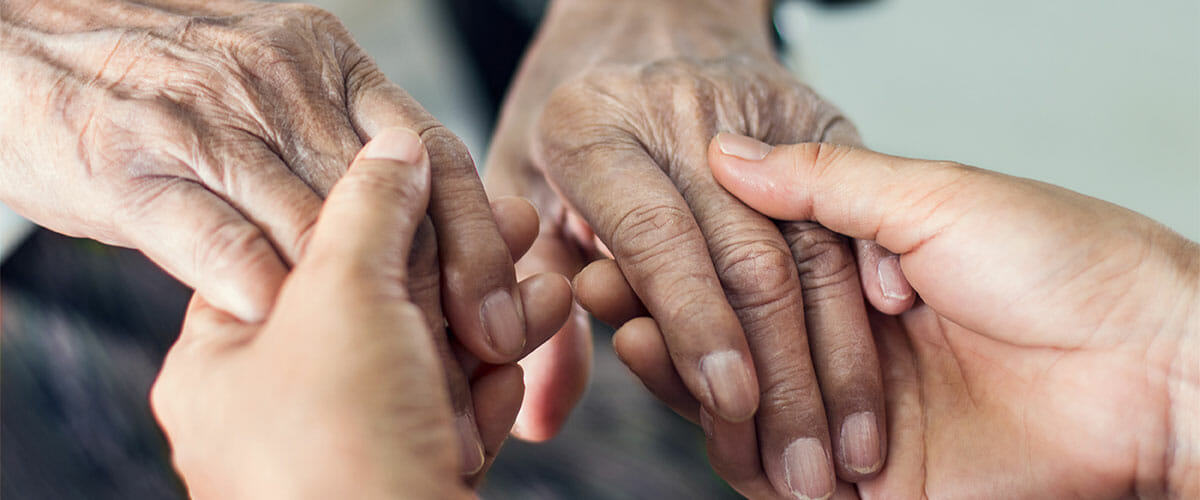
Sensory Changes
Hallucinations or delusions are also commonly seen among patients in hospice. Your loved one may “see or hear” the appearance of loved ones who have died. They may focus their attention on people or things you do not see. This can be unsettling, but it’s important to be prepared for it and know these visions are normal. These “visions” are often reassuring; they bring comfort to the patient.
These sensory changes can come and go. Usually, they are more frequent at night.
How to Respond
Do not criticize or attempt to “correct” them or bring them back into reality. Be quiet and supportive.
While these hallucinations bring comfort, “bad dreams” can happen as a result of medications or other changes in the body. Let your Utah hospice nurse know about any “bad dreams” that occur; they may be able to adjust medication to alleviate these.
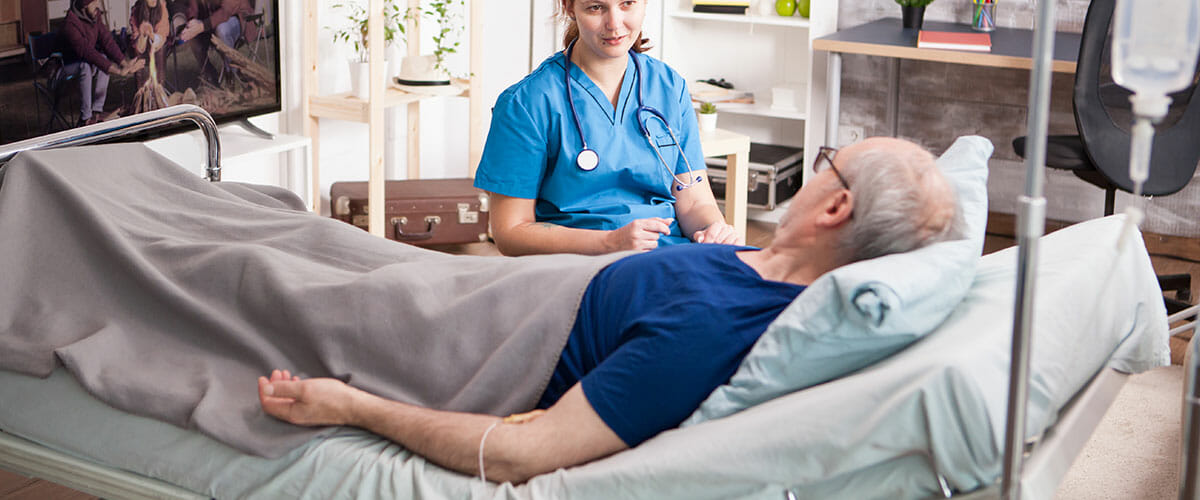
Increase in Pain
With the advanced progression of a disease, your loved one may experience increased pain at certain points in these final stages. If the ability to verbalize their discomfort has stopped, they may show physical signs of it, such as moaning, stiffening their body, clenching their teeth or fists, or acting restless. With hospice care, comfort is our main priority; if pain occurs, your Utah home hospice nurse can provide medication that is quickly absorbed and provides rapid relief of pain. This will help them relax and give them a more peaceful experience.

For Hospice Care in Utah, Turn to Active Home Health and Hospice
If you’re feeling overwhelmed, worried, or apprehensive about your loved one’s final journey of life, know that you don’t have to experience it alone. Hospice care is a trusted, safe, and supportive method for offering comfort to both your loved one and you. Our team of nurses, doctors, counselors, CNAs, and spiritual advisors are here to support you as you witness your loved one’s final stages of life.
If you believe your parent or loved one is ready for Utah home hospice, call us. Don’t wait until their care progresses past your level of comfort or skill. We can assist your family in preparing for these final stages and will also alert you when these stages are occurring so you can be present for your loved ones as best as possible.
To connect with a Utah home hospice care team, turn to Active Home Health, Hospice, & Personal Care. We can help you understand if hospice is right for your loved one, and if so, what to expect. Our teams travel throughout northern Utah, including Salt Lake, Utah, Weber, Tooele, Davis, and Juab Counties. We can care for your parent wherever they call home — whether it’s a private residence or a nursing home facility.
Call Active Home Health, Hospice, & Personal Care today to learn more.
